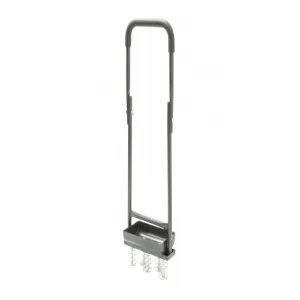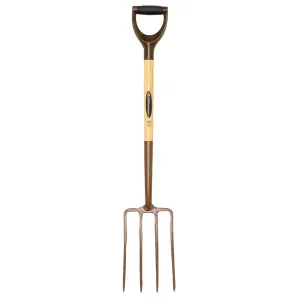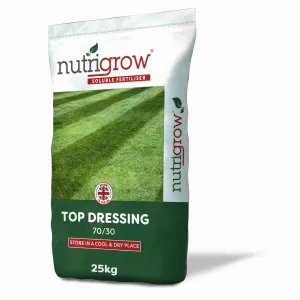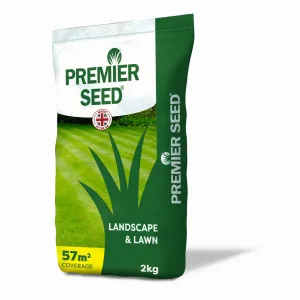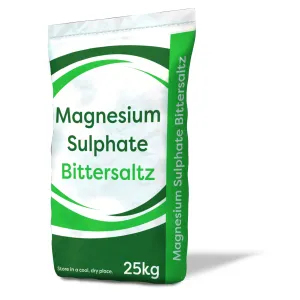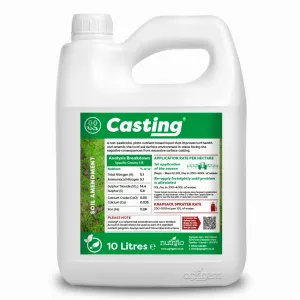If your lawn has been affected by flooding or water-logging, don’t despair, there is much you can do to help it recover. Taking action will help yellowing and thinning grass to recover, as well as prevent bare patches, fungal, moss and algae growth which can damage the grass.
Don’t let the rain win – a muddy patch doesn’t have to replace a previously lush lawn.
Here’s what to do:
- Wait for the water to completely subside. While this might be a bit frustrating, you cannot treat the lawn if you still have pools and puddles on the surface. Alternatively, you could try sweeping it off if you can push it closer to a drain or into surrounding beds and borders.
- Once the pools have completely disappeared, aerate your lawn. Aerating will introduce air to the soil which will help the grass roots to recover. It will also help any further rain to flow into the ground more easily rather than pooling on the surface. There are a variety of aerating tools you can use from hollow tine aerators to garden forks and mechanical aerators. Read our guide to lawn aeration for more information.
- Treat your lawn with Magnesium Sulphate Bittersaltz. A powerful mix of magnesium and sulphur, Bittersaltz will help your grass recover and green up, and can be used at any time of year.
- Brush a top dressing into the holes made by the aeration process. Top dressing will increase the rate at which grass can recover and will protect the lawn from desiccation as we head into winter.
- Apply a targeted autumn lawn feed. Autumn fertilisers designed for use on lawns should have higher phosphate and potash levels to promote stronger root growth. This will help the roots to strengthen and therefore support regrowth.
- If your lawn has been impacted by worm casts, consider using Nutriflo Casting to deter worms - without harming them.
- Re-seed if needed to address any bald patches. It is fine to sow seed in late September or October as long as the ground is warmer than 6 degrees Celsius.
Read our guide to sowing grass seed for more information.
This quick guide is appropriate for lawns on well-draining soil. If you have clay soil, your lawn will be more susceptible to water-logging and a different approach to soil improvement will be needed. Take a look at our post on what constitutes good soil here.
For general lawncare advice and guidance, please see our library of guides here or get in touch with our technical team for technical advice.




